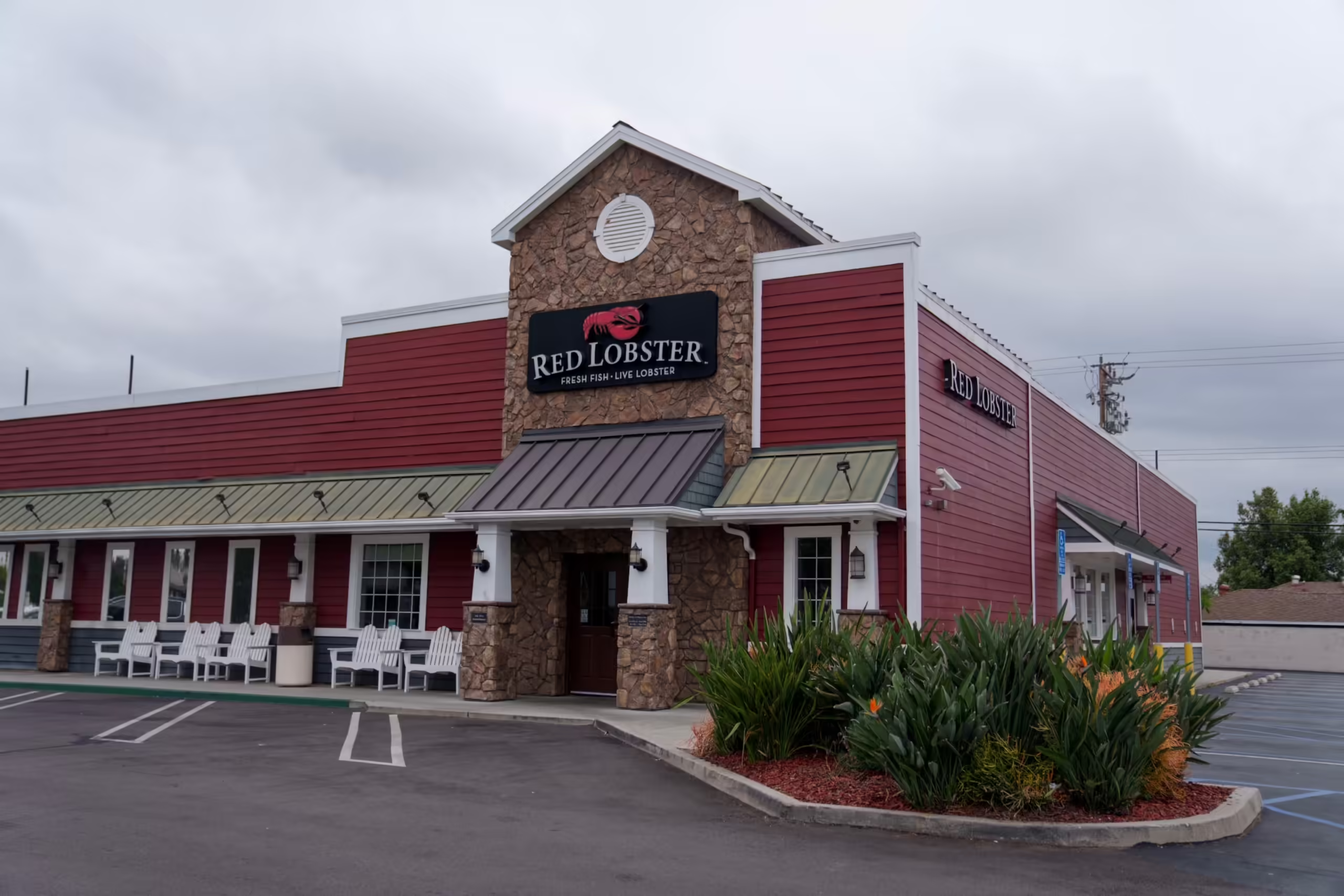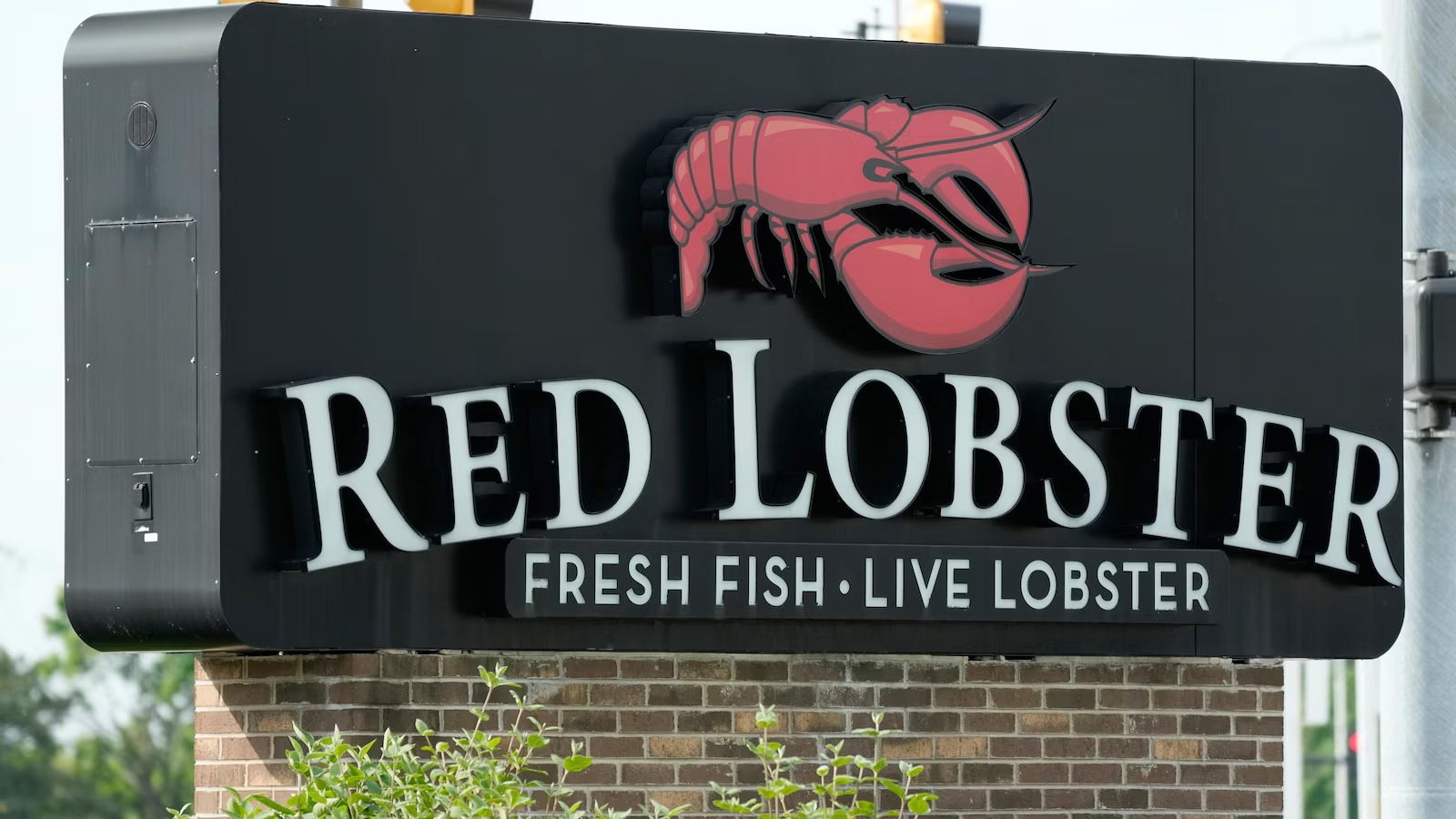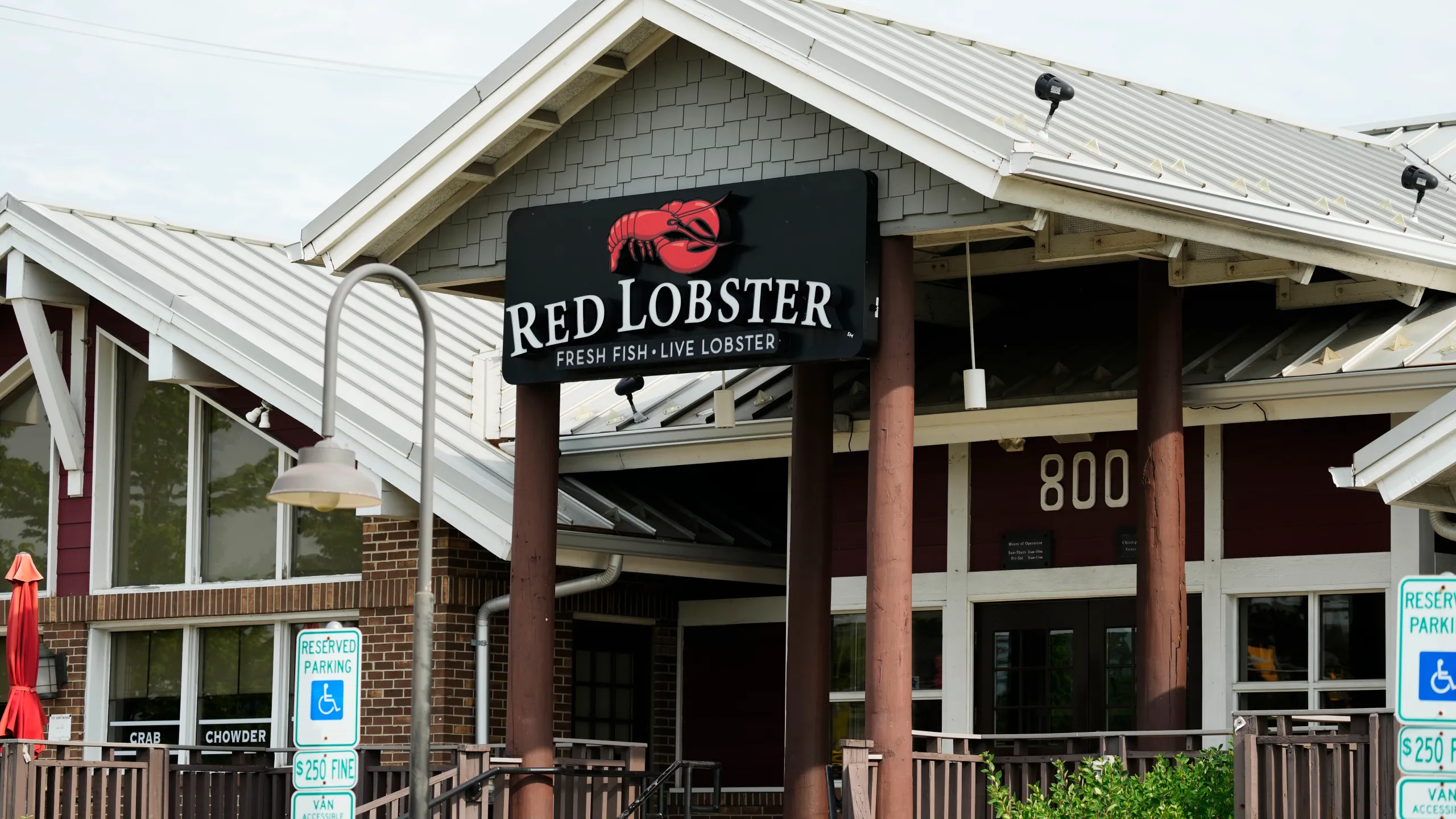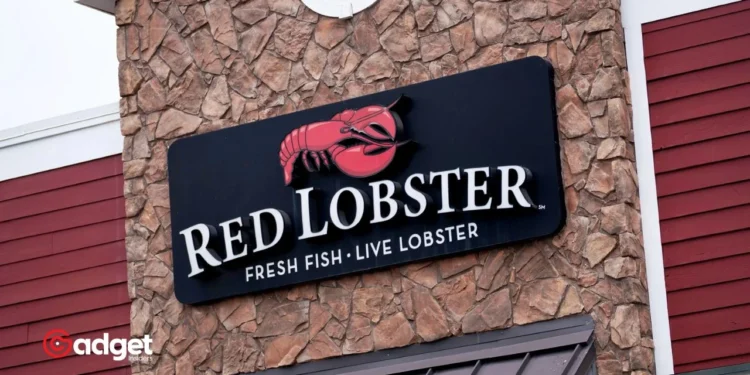In a bold move indicative of the turbulent times for the dining sector, Red Lobster, the once iconic seafood chain, has officially filed for Chapter 11 bankruptcy protection. This decision comes amid a relentless storm of economic challenges and strategic blunders that have rocked the boat for the Orlando, Florida-based restaurant giant.

The Crestfallen Seafood Giant
On a seemingly ordinary day outside a Red Lobster in Rohnert Park, California, the weight of the company’s financial burdens was made starkly visible by a sign announcing its filing for bankruptcy. This was not just another corporate announcement; it marked a pivotal moment in the chain’s storied history, which began back in 1968 and saw it become a household name under the aegis of General Mills and later Darden Restaurants.
Sailing into Troubled Waters
The chain’s journey into financial distress was not sudden but the result of a cumulative set of misfortunes. According to Jonathan Tibus, the restructuring expert turned CEO from Alvarez & Marsal, the causes were manifold: a harsh macroeconomic climate, an overstuffed and underperforming array of locations, poorly judged business moves, and fierce competition in the restaurant industry. Tibus’s insights into the company’s woes reflect a critical view of past management strategies, particularly under its former owners, Golden Gate Capital.
When Darden Restaurants offloaded Red Lobster to Golden Gate in 2014 for $2.1 billion, the deal involved a hefty $1.5 billion sale-leaseback agreement. This agreement, which at the time seemed a savvy financial maneuver, became a chokehold. As sales plummeted, the rent obligations on formerly owned properties became unsustainable, leading to the recent closure of 93 underperforming locations and the rejection of 108 leases to shrink its operational footprint significantly.

The Stalking Horse Bid and Future Prospects
In the midst of these challenging times, Red Lobster has received a stalking horse bid from its current lenders, an offer that sets a floor for auctioning the company, provided no superior bids emerge. This development highlights the confidence of its creditors in the potential for restructuring and recovery.
“The support we’ve received from our lenders and vendors will help ensure that we can complete the sale process quickly and efficiently,” stated Tibus, emphasizing a strategic vision focused on resurgence and operational recalibration.
Missteps in Marketing: The Shrimp Promotion Fiasco
Red Lobster’s recent history also includes strategic misfires, such as the infamous “endless shrimp” promotion. Initially intended as a weekly event, the promotion was switched to a daily offering in a desperate bid to invigorate lagging sales. However, this move backfired, straining the company’s finances further as customers flocked to take advantage of the low-priced deal, significantly impacting the bottom line.
Intriguingly, this marketing debacle seems to have served dual purposes, potentially aimed at boosting the sales of Thai Union Group, which had become the sole shrimp supplier following corporate maneuvering that ousted other suppliers. This decision, coupled with aggressive in-store promotion tactics, led to severe shrimp shortages, painting a picture of mismanagement that went beyond fiscal irresponsibility to potentially dubious corporate tactics.

Red Lobster’s Journey: Navigating Challenges Ahead
As Red Lobster navigates these choppy waters, its path forward involves not just financial restructuring but a profound reevaluation of its business strategies and leadership decisions. With around 36,000 employees, most of whom are part-time, the company’s next steps are crucial not just for its survival but for the livelihoods of thousands of workers.
The seafood chain’s story is a testament to the harsh realities of the restaurant business, highlighting the thin line between success and failure in an industry as volatile as it is competitive. As Red Lobster moves towards a hopefully brighter horizon, it serves as a case study in the importance of adaptive strategies and the avoidance of past mistakes. The coming months will prove critical as the company seeks to regain its footing and reestablish itself as a leader in the seafood dining experience.










